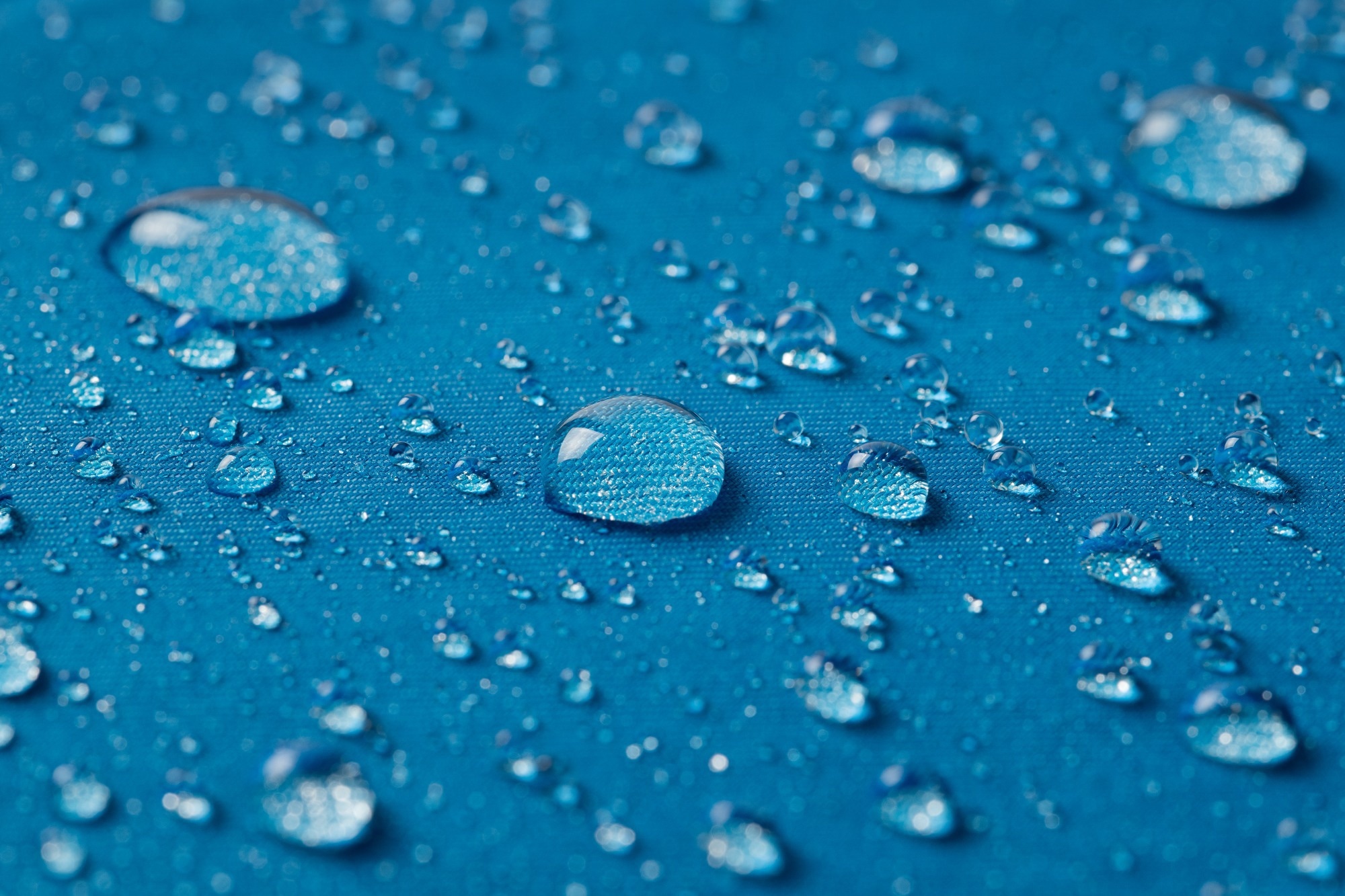Scientists reveal how hydrophobic surfaces trap nanoplastics in porous media, highlighting overlooked forces that shape their mobility and impact on subsurface environments.

Image Credit: Sunrise_studio/Shutterstock.com
At the nanoscale, the chemistry of surfaces plays a decisive role in how particles move and where they end up. A new study published in Advancing Earth and Space Sciences highlights the importance of hydrophobic interactions (forces often ignored in classical models) in controlling how nanoplastics attach to surfaces and become immobilised.
These hydrophobic interactions, which fall outside the traditional DLVO (Derjaguin-Landau-Verwey-Overbeek) model, can dominate when both particles and collector surfaces exhibit hydrophobic properties.
Previous research using contact angle measurements, atomic force microscopy (AFM), and extended DLVO (XDLVO) modelling has shown that such interactions create strong, often irreversible bonds between particles and surfaces.
This study aimed to connect these fundamental surface science concepts with a practical understanding of nanoplastic transport in the environment.
How The Study Was Carried Out
The researchers synthesised ethyl cellulose nanoparticles of around 70 nm in size as a model nanoplastic. They prepared two types of surfaces for testing: hydrophilic, untreated glass, and glass coated with octadecyl trichlorosilane (OTS), creating a hydrophobic surface.
To characterise these surfaces, they used contact angle measurements to assess wettability and AFM to map topography and roughness before and after treatment.
Transport experiments were then carried out in glass micromodels designed to simulate porous media. By varying nanoparticle concentrations and flow rates, the team tracked how particles moved and where they were retained. Breakthrough curves plotted the proportion of particles passing through over time, revealing differences in retention rates.
To complement the experiments, the team used extended DLVO modelling to calculate interaction energy profiles, considering electrostatic, van der Waals, and hydrophobic forces.
What The Results Show
The contrast between hydrophilic and hydrophobic surfaces was clear.
On untreated glass, nanoparticles passed through easily, with little retention, as predicted by classical theories. However, retention was significantly higher on hydrophobic surfaces, and breakthrough curves showed marked deviations, signalling strong attachment.
Contact angle data confirmed the hydrophobicity of the OTS-coated glass, and AFM images revealed increased roughness and visible nanoplastic deposits, evidencing their irreversible adhesion.
The XDLVO models showed that hydrophobic attraction overwhelmed electrostatic repulsion, producing a deep energy minimum that matched the observed experimental behaviour. The results aligned well with an empirical model developed by Yoon et al. in 1997, which accounted for hydrophobic contributions to particle attachment.
The findings suggest that conventional DLVO-based models underestimate nanoplastic retention on hydrophobic surfaces, while extended models are more realistic.
Download your PDF copy now!
Why It Matters
Surface hydrophobicity can vary widely in natural systems, affecting how nanoplastics move through soil and groundwater. The study shows that hydrophobic forces can trap nanoplastics irreversibly, reducing their mobility and altering their environmental distribution.
These findings could improve predictions of nanoplastic behaviour and inform the design of filtration and remediation systems that account for surface wettability.
Journal Reference
Rahham Y., & Ioannidis M. A. (2025). Hydrophobic interactions drive the attachment of a model nanoplastic on porous media surfaces. Water Resources Research, DOI: 10.1016/j.advwatres.2024.104816, https://agupubs.onlinelibrary.wiley.com/doi/10.1029/2024WR039756.